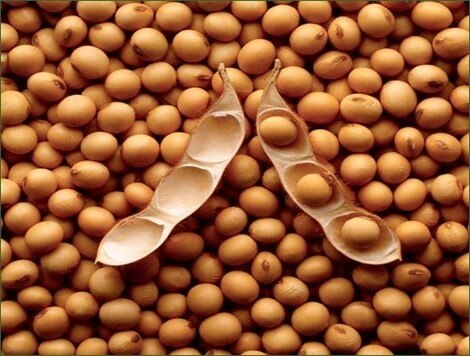Evidence of Soybean Divergence: What Does It Mean?

One of the grand narratives you may have noticed on the Insta-Pro blog relates to oilseeds, grains, and their final ingredient forms exhibiting more differentiation than is often assumed – the idea of decommoditization. Look no further than high-shear dry extruded/partially-deoiled (our ExPress® process) soy meal, which we often point out is different from and better than commodity, solvent (hexane)-extracted soybean meal. We show these differences using data from animal experiments (see here and here as examples among many). This is an instance of ingredient variances due to processing and assumes that the raw materials (soybeans) are the same. But, this is often not the case.
We’ve shown that even something as common as corn, a globally-traded “commodity”, displays enough variation due to changes in moisture levels to affect broiler growth performance and efficiency. This says nothing about other natural sources of variation, namely levels of toxins in corn that will derail performance goals (see here and here).
Processed soybean meals are the dominant source of protein for livestock diets around the world. It’s often assumed that differences in terms of raw bean protein content exist, but there is little evidence to back this up. For example, it’s clear that growing period affects nutrient accumulation in soybeans, which is probably one reason why soybeans produced in places with shorter growing seasons tend to have lower protein.
But, what about when effects due to region or weather are minimized? What happens when you grow different kinds of soybeans near each other in the same crop year?
It turns out there are significant differences in nutrient content due to variety. Researchers published a study from a few years ago showing that organic and genetically-modified (GMO) soybean varieties, all grown in the State of Iowa, are different as shown in the following graph:

Organic soybeans, produced under similar agronomic conditions, are in fact more nutrient dense than GMO soybeans. As shown above, raw organic soybeans contain more protein and sugars than raw GMO soybeans. Not shown, but as can be inferred from the protein data above, is that organic soy contains more amino acids like lysine.
And, this is important when you consider that most swine and poultry diets contain some kind of synthetic lysine to maximize growth performance. The more lysine that is available from soy (and the resulting meal) means that less synthetic lysine will be required in a formulation.
You may already see where all of this is ultimately going. Why should we treat soybeans as if they are an identical commodity when this is clearly not the case? Arrange to see a small-to-medium sized ExPress® soy processing plant to capture this inherent value in raw soybean nutrient content. There is simply no need to mix all soybeans together at a larger processor where your beans could easily be undervalued.



